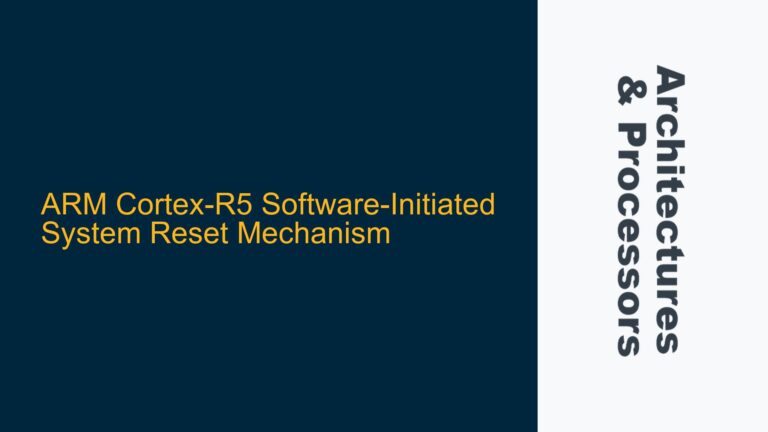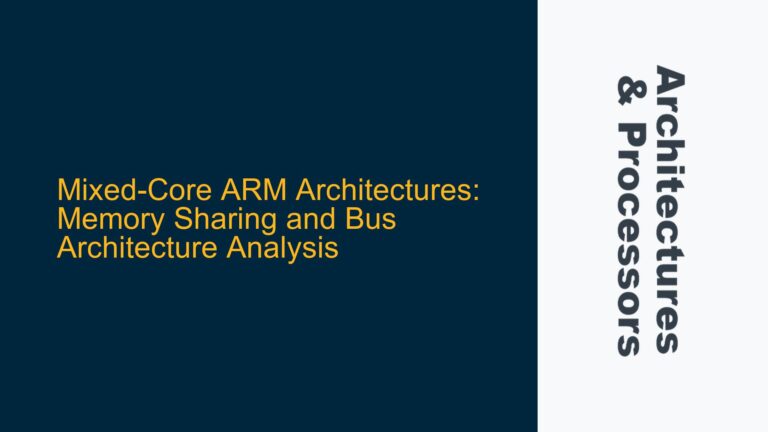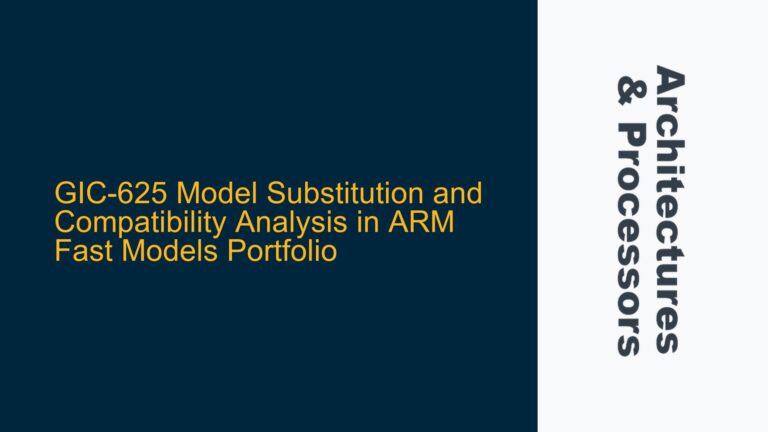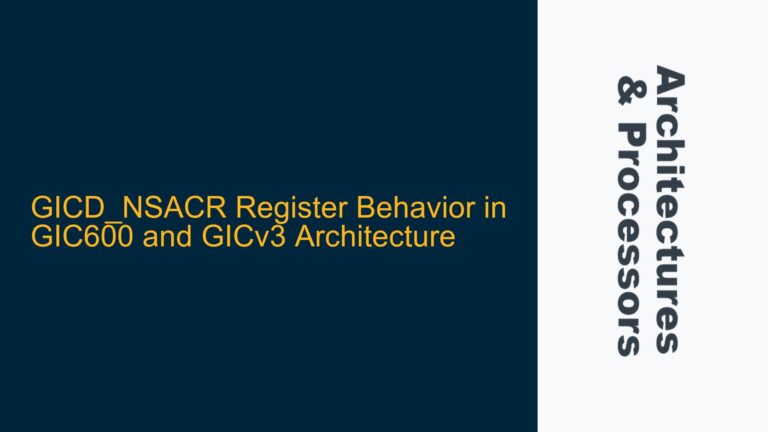ARM Compiler Evolution: RVCT v3.1, DS5, and Modern ARM Compilers
The ARM ecosystem has evolved significantly over the years, with compilers playing a critical role in enabling developers to harness the full potential of ARM-based systems. Two key compilers in this evolution are RVCT (RealView Compilation Tools) and DS5 (Development Studio 5), along with the transition from the legacy armcc compiler to the modern armclang compiler. Understanding the differences between these tools, their use cases, and their capabilities is essential for developers working on ARM-based SoCs.
RVCT v3.1 represents an older generation of ARM compilers, while DS5 is part of a more modern toolchain. The transition from armcc to armclang marks a significant shift in compiler technology, aligning ARM’s tools with contemporary programming standards and processor architectures. This section provides a detailed overview of these tools, their historical context, and their relevance in modern ARM development.
RVCT v3.1, part of the RealView Development Suite, was widely used in the early 2000s for embedded systems development. It included the armcc compiler, which supported ARMv4, ARMv5, and early ARMv6 architectures. However, RVCT v3.1 lacks support for modern ARM architectures like ARMv7 and ARMv8, limiting its applicability in current projects. DS5, on the other hand, is a more recent integrated development environment (IDE) that includes the ARM Compiler 6, which uses armclang as its core compiler. ARM Compiler 6 supports the latest ARM architectures, including ARMv8-A, ARMv8-R, and ARMv8-M, and adheres to modern C/C++ standards such as C++14 and C11.
The shift from armcc to armclang is not merely a change in name but a fundamental transformation in compiler technology. armclang is based on the LLVM (Low-Level Virtual Machine) framework, which offers several advantages over the legacy armcc compiler. These advantages include better optimization capabilities, enhanced diagnostics, and support for modern language features. Additionally, armclang provides improved compatibility with open-source tools and libraries, making it a more versatile choice for contemporary development.
Key Differences Between RVCT v3.1 and DS5 Compilers
The differences between RVCT v3.1 and DS5 compilers are rooted in their architecture support, feature sets, and integration capabilities. RVCT v3.1, with its armcc compiler, was designed for older ARM architectures and lacks support for modern features such as TrustZone, virtualization, and advanced SIMD (Single Instruction Multiple Data) instructions. In contrast, DS5 and its ARM Compiler 6 (armclang) are tailored for modern ARM architectures, offering comprehensive support for ARMv8-A, ARMv8-R, and ARMv8-M.
One of the most significant differences lies in the optimization capabilities of the two compilers. RVCT v3.1, while effective for its time, does not provide the same level of performance optimization as ARM Compiler 6. ARM Compiler 6 leverages the LLVM framework to deliver advanced optimization techniques, including link-time optimization (LTO), profile-guided optimization (PGO), and vectorization. These features enable developers to achieve higher performance and lower power consumption in their applications.
Another critical distinction is the level of integration with modern development tools. DS5 provides a unified development environment that includes debugging, profiling, and trace analysis tools. This integration simplifies the development process and allows developers to identify and resolve issues more efficiently. RVCT v3.1, being an older toolchain, lacks this level of integration and requires developers to rely on external tools for debugging and profiling.
The transition from armcc to armclang also introduces changes in the build process and command-line interface. ARM Compiler 6 uses a clang-based frontend, which is more consistent with modern compiler standards. This change may require developers to adapt their build scripts and makefiles when migrating from RVCT v3.1 to DS5. However, the benefits of improved diagnostics, better optimization, and support for modern language features outweigh the initial effort required for migration.
Practical Considerations for Using RVCT and DS5 Compilers
When deciding between RVCT v3.1 and DS5 compilers, developers must consider several practical factors, including project requirements, target architecture, and long-term maintainability. RVCT v3.1 may still be suitable for legacy projects targeting older ARM architectures, but its lack of support for modern features and architectures makes it a less viable option for new developments.
For projects targeting ARMv8-A, ARMv8-R, or ARMv8-M architectures, DS5 and ARM Compiler 6 are the clear choices. These tools provide the necessary support for modern ARM features, including TrustZone, virtualization, and advanced SIMD instructions. Additionally, ARM Compiler 6’s compatibility with modern C/C++ standards ensures that developers can leverage the latest language features and libraries.
Migrating from RVCT v3.1 to DS5 requires careful planning and testing. Developers should review their existing codebase for compatibility issues, particularly in areas such as inline assembly, compiler-specific extensions, and memory-mapped I/O operations. ARM provides migration guides and tools to assist with this process, including the Arm Migration and Analysis Tool (MAAT), which helps identify potential issues and suggests fixes.
In terms of debugging and profiling, DS5 offers significant advantages over RVCT v3.1. The DS5 IDE includes advanced debugging features such as multi-core debugging, real-time trace, and performance analysis tools. These capabilities are essential for optimizing complex SoC designs and ensuring that applications meet their performance and power targets.
In conclusion, while RVCT v3.1 and its armcc compiler have served the ARM development community well in the past, the transition to DS5 and ARM Compiler 6 (armclang) is essential for modern ARM-based development. The enhanced features, improved optimization capabilities, and better integration with contemporary tools make DS5 the preferred choice for new projects. Developers working on legacy systems should consider migrating to DS5 to take advantage of these benefits and ensure long-term maintainability of their codebase.






